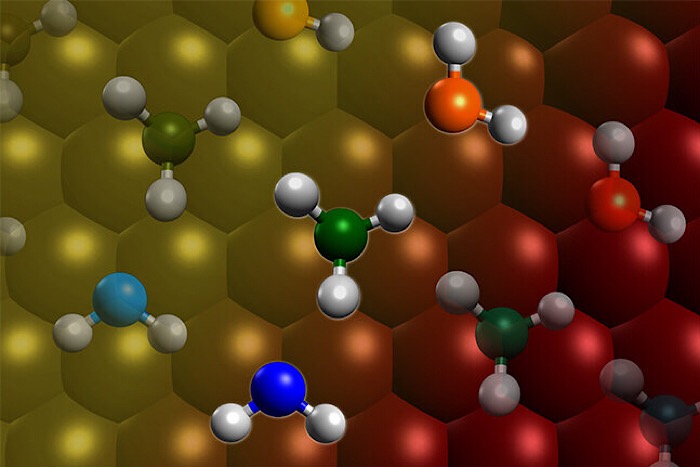Wind turbines on the west coast of cumbria near workington, Cumbria, Uk, with a flock of Herring Gulls flying past.
The figures were described as a landmark tipping point.
Britain is generating more of its energy from zero carbon sources than fossil fuels for the first time since the industrial revolution in a landmark tipping point, National Grid has confirmed.
In what was described as an historic milestone, and a watershed moment, the amount of electricity coming from wind, solar, nuclear and hydro power overtook coal and gas by more than one percentage point at the end of May.













